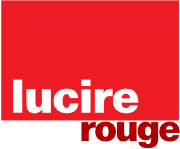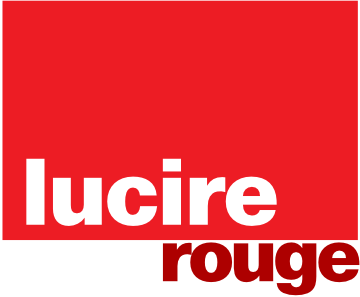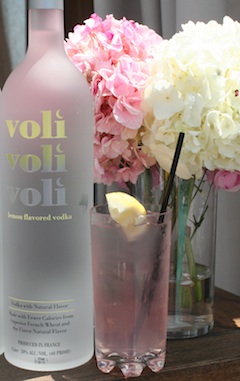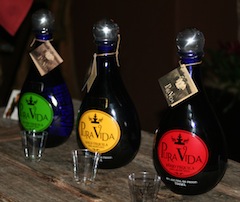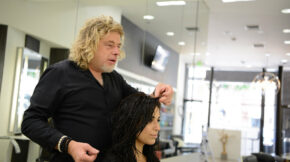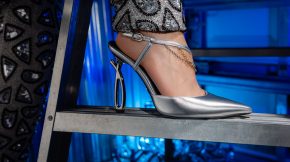Confessions of a star cosmetic chemist
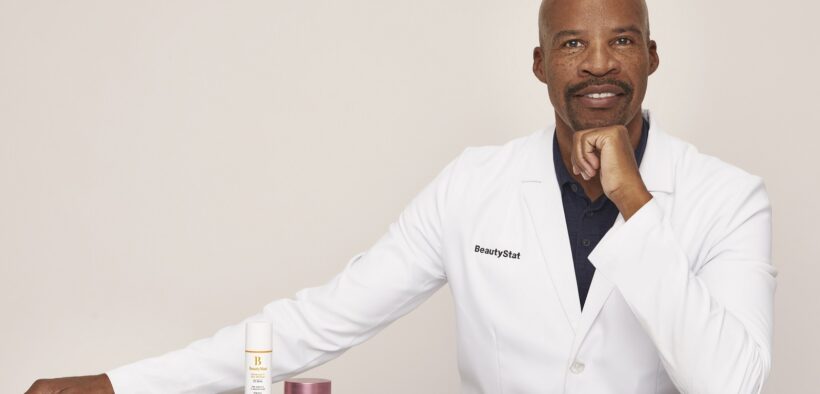
The creator of BeautyStat discusses how decades of research led him to create a best selling brand
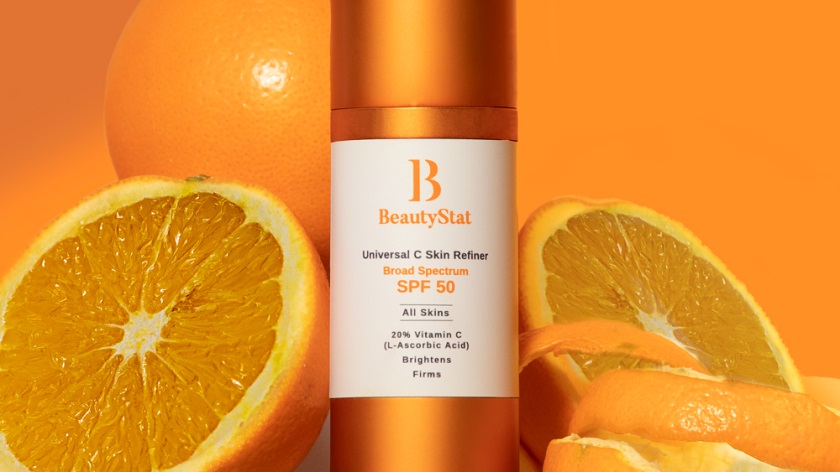
You may not be familiar with Ron Robinson the man, but if you have used skin care in the last 30 years, you know have likely used one of his product formulations. That’s a pretty monumental achievement for someone who claims to entered cosmetic chemistry ‘by accident’.
After earning a university degree in biology and chemistry, Robinson dropped out of med school about as quickly as he entered it. Not quite sure of his career direction or goals, he applied at several companies, including Clinique. He got the job, and the reluctant cosmetic chemist was on his way to skin care greatness.
That was 1990. No Instagram or social media influencers. Windows 95 was not on the market yet, and snail mail was all the rage. If you wanted information about a new product, you asked the sales’ rep at your department store, the Avon lady down the block, or waited anxiously for the next issue of Glamour. Complaints and concerns were sent by mail. Those were the days. And it’s how Robinson learned what consumers wanted.
Over the years, Robinson formulated some of the most iconic products for Clinique, Avon, Revlon and Lancôme. By 2009, it was time for him to start a blog, which he called BeautyStat. It was just the resource the beauty consumer needed to get real information and advice from a bona fide expert—BeautyStat the blog was an internet sensation.
In 2019, Robinson launched his signature skin care brand BeautyStat, and vitamin C serums have never been the same. His Universal C Skin Refiner is perhaps the most highly rated vitamin C product available, and just about everything from BeautyStat goes viral and becomes instant fan favourites.
Lucire had the opportunity to chat with Ron Robinson about BeautyStat and what it takes create a brand that has swept skin care consumers off their feet.
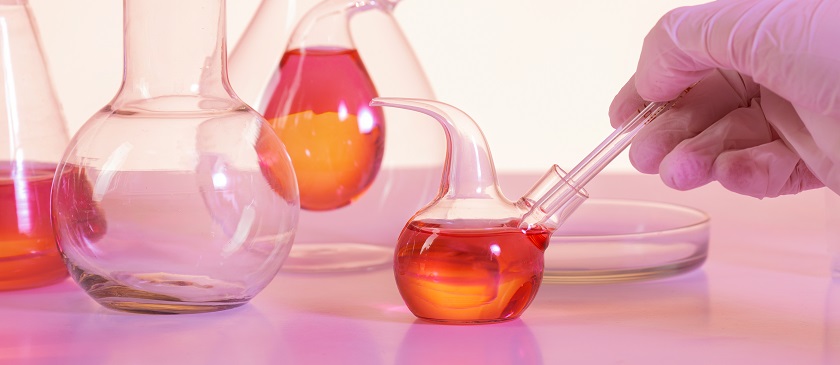
Freepik
Lucire: What did your first years at Clinique teach you about cosmetic chemistry for the mainstream consumer?
Ron Robinson: What I learned from is that to develop great products, you have to listen to the customer and learn what their concerns are before you can address their concerns with a skin care product. I learned the importance of understanding the needs of the customer.
How were these consumer needs communicated?
When I started working for Clinique as a cosmetic chemist, there was no internet or social media. In order to talk to the customer, I had to go to the department store and talk to customers at the beauty counter. That is the place where I learned valuable insights that I was able to take back to the lab and come up with products that delivered results as well as delighted the customer.
Does this still hold today? How has cosmetic chemistry changed?
Yes, it holds true for me today as consumer testing is built into the product development process for BeautyStat. From concept testing to formula prototype, we canvass consumers to make sure we are delivering products that are unique, relevant and answer a big need.
There were already many vitamin C serums on the market when you created BeautyStat. How is your Universal C Skin Refiner different and more effective?
We use one of the highest levels of pure vitamin C available in an over-the-counter cosmetic product (20 per cent pure L-ascorbic acid). We have three patents on the ability to encapsulate pure vitamin C so that it does not degrade or oxidize (many competitors’ turn orange brown due to oxidation). And, we are the only company that has this technology given the exclusive patents. We also combined our 20 per cent pure vitamin C with EGCG (the most active component in green tea). This combo helped us get significant results in an independent clinical study.
What else do people love so much about this serum?
Texture! Other vitamin C serums can be sticky, tacky or oily, ours is silky and velvety and absorbs quickly leaving a natural finish. Consumers are telling us that their pores look smaller after one application, and they are ditching their make-up primers because of the texture.
How are the clean–organic beauty and clinical skin care spaces different? Can a cosmetic chemist operate equally well in both?
There is no standard for clean, so brands and retailers can create their own definition. Rather than use the term clean, BeautyStat focuses on the two things that matter most for consumers as it relates to the ingredients we use: safety and performance. For any ingredient we use, we make sure they are both safe and effective. That is our standard.
What is the single most important skin care product every person should use?
Hands down, it would be sunscreen. Regular use of sunscreen (a minimum of SPF 30 broad spectrum UVA and UVB protection). It helps protect the skin from harmful UV rays that can cause sun burn and irritation. It helps prevent skin cancer, and helps prevent premature skin ageing.
What are the biggest challenges as a cosmetic chemist and beauty entrepreneur?
My biggest challenges are balancing my passion for researching and developing great products while also leading and managing a fast-growing business. Given that I have so much on my plate, balancing my time is critical. I am learning how to better plan, prioritize and delegate so that I can be a more creative cosmetic chemist as well as an effective company leader.
What is the next big skin care product? Any hints of what’s to come?
The next big trend in skin care are peptides. Peptides are amino acids that make up certain proteins that are critical for making skin function at its best. There are many different types of peptides used in skin care, from those that act as messengers to signal your cells to stimulate collagen, [to] elastin to neuropeptides which are peptides that signal your facial muscles to relax, so as to smooth out wrinkles.
Though neuropeptides are not new, I’m seeing some big innovations in these peptides that may deliver more significant results than the current neuropeptides on the market. So effective, they might truly be Botox alternatives. We just launched our BeautyStat Peptide Wrinkle Relaxing Moisturizer. A peptide-rich moisturizer uniquely formulated to treat multiple signs of ageing by lifting, firming, and smoothing the skin while boosting hydration. Combined with two new neuropeptides that together are clinically proven to instantly tighten skin and reduce the look of fine lines [and] wrinkles immediately and over time.
Who is the Rhode consumer vs. the BeautyStat consumer? How is your approach different or similar when formulating products for each brand?
The Rhode consumer is Gen Z and young millennial. The BeautyStat consumer is older millennial, Gen X and boomer.
To learn more or purchase BeautyStat, visit www.beautystat.com or www.ulta.com
